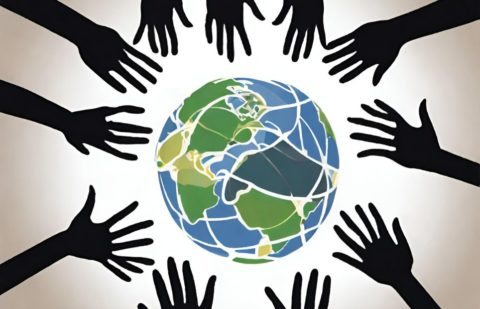Diversity in North America has essentially been on the upward trend since the continent was first colonized. It’s natural, then, that the region’s linguistic diversity would be increasing as well. But while linguistic diversity in the U.S. in particular has undeniably been rising in recent decades, according to a report by the Census Bureau, these bilingual and multilingual gains have come unevenly.
For one thing, linguistic diversity appears to be intricately tied to geography. For example, Asian languages such as Chinese and Korean are more widely spoken in California and Hawaii, along the Pacific coast. The concentration of French speakers is mostly in Louisiana and Maine, while German speakers are primarily found in North and South Dakota. Meanwhile, Spanish is spoken far more heavily along the Mexico border and in Florida, as is to be expected.
Free image courtesy of FreeDigitalPhotos.net
What may be less expected is the rate of growth of speakers of another language in the US. Sure, with current rates of immigration, it makes sense that the number of foreign language speakers in the US would increase quickly. After all, the country was built by immigrants. Yet what a report from the Census Bureau analyzing linguistic diversity in the U.S. between 1980 and 2007 revealed was that the number of foreign language speakers is increasing faster than population growth itself. And that’s just talking about people who speak another language at home – not the number of people learning a foreign language.
How is it possible that the number of native speakers of a language other than English can grow faster than overall population growth (an astounding four times faster, to be exact)? The answer is that more immigrants are retaining their linguistic heritage and teaching their children from an early age. While there were 381 distinct languages recorded in the report, the languages were categorized geographically by source, including Spanish, other Indo-European languages, Asian or Pacific Island languages, and all other languages. With its own category in the report, Spanish constituted 62 percent of the population of native speakers of another language.








